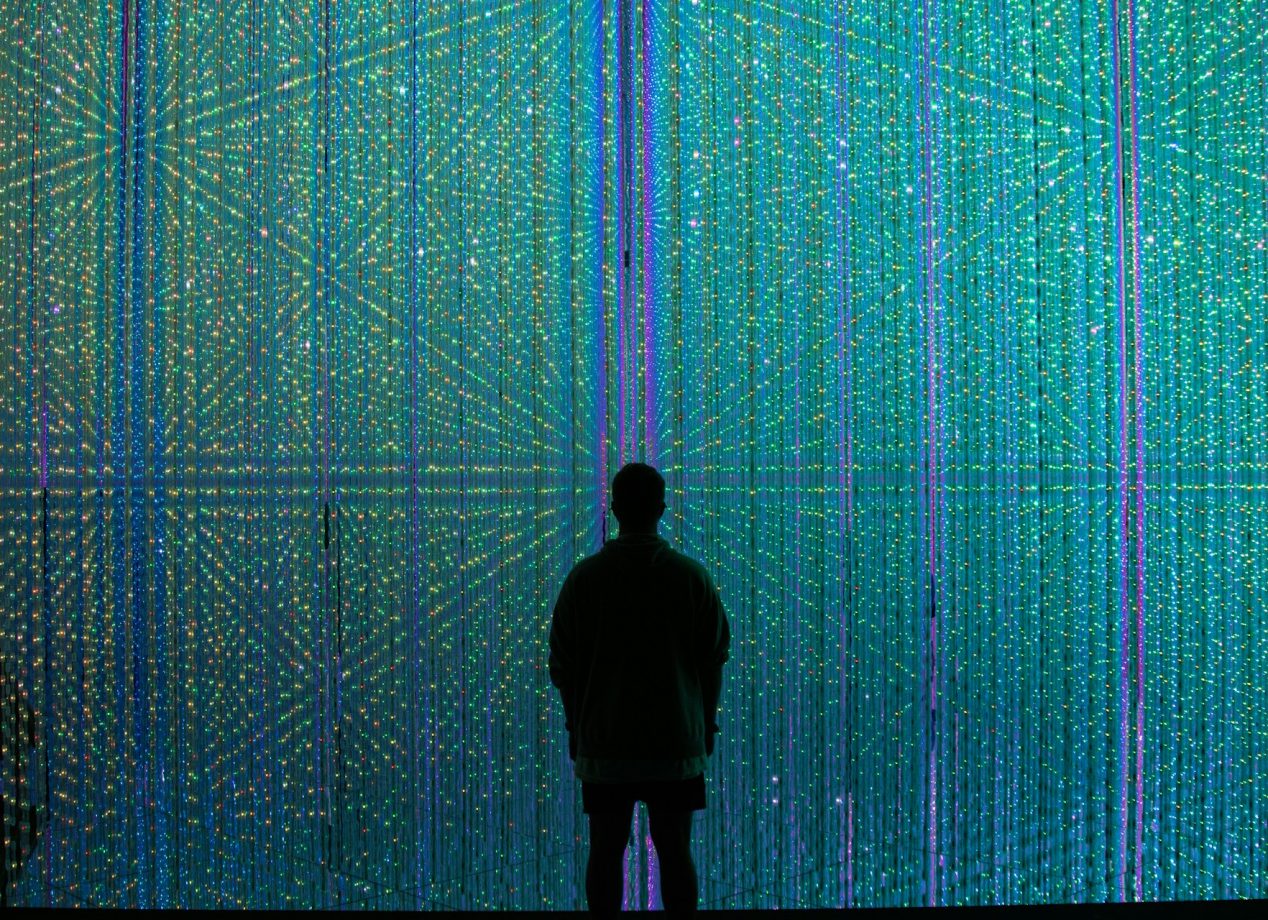The intersection of the physical and digital, often referred to as the "phygital" space, is reshaping the art world. With the launch of Sotheby’s Institute of Art’s fully self-paced Online Certificate in Art Business, professionals and art enthusiasts alike can gain the expertise needed to navigate this evolving landscape.
As technology advances, artists, collectors, and institutions are increasingly engaging with new mediums, tools, and marketplaces that blur the lines between tangible and virtual experiences. This evolution is not only expanding artistic possibilities but also redefining how we perceive, interact with, and collect art.
The Shift from Physical to Digital Art
Historically, art has been rooted in the physical realm. From paint on canvas, to sculpture, and installations occupying real-world space. However, the digital revolution has opened up novel frontiers, from generative and AI-driven works to blockchain-authenticated NFTs. The emergence of these technologies has led to an era where art is no longer confined to the material world but can exist simultaneously in multiple dimensions, allowing for broader accessibility and engagement.
As digital technologies continue to advance, artists are exploring new ways to push the boundaries of creativity. Interactive digital installations, algorithm-generated artworks, and virtual reality (VR) experiences are redefining the relationship between artist and audience.
Unlike static physical pieces, digital art has the capacity to evolve over time, respond to viewer engagement, and exist in limitless iterations across global platforms. This shift not only challenges traditional notions of originality and authorship but also democratizes access, enabling collectors and institutions to engage with art in unprecedented ways, free from geographic and logistical constraints.
Sotheby's Institute of Art faculty, Gareth Fletcher, shares how the Online Art Business Certificate equips students with the knowledge to navigate digital innovation in the art world:
"The Online Art Business Certificate provides students with a critical foundation for understanding how digital innovation is influencing and recontextualising the art world. From the impact of artificial intelligence on the creation, transfer and consumption of cultural objects, to blockchain systems in creative economies, the course immerses students into a dynamic learning environment where the evolution of this unique ecology is examined and critically assessed."
Bridging Traditional and Contemporary Art
One of the most compelling aspects of phygital art is its ability to bridge traditional and contemporary methodologies. Artists are integrating augmented reality (AR), virtual reality (VR), and digital overlays into their physical works, enhancing the viewer’s experience in unprecedented ways.
Museums and galleries are adapting by incorporating immersive digital elements that allow audiences to interact with art beyond traditional observation. For instance, exhibitions now include AR components where visitors can scan artworks with their smartphones to reveal animated or augmented interpretations of the pieces.
In a recent interview exploring advances in the digital art landscape, Sotheby's Institute MA Art Business alumna, Laura Gomez noted, "Blockchain technology also goes beyond the NFT hype to support the art world. It offers a secure and transparent method for verifying provenance and authenticity, crucial in combating art forgery."
This highlights how digital advancements are not only reshaping artistic creation but also revolutionizing the systems that uphold the integrity of the art market.
The Impact on Collectors and Investors
For collectors and investors, the phygital shift presents new opportunities and challenges. Blockchain technology has introduced decentralized provenance tracking, ensuring authenticity and ownership security.
Digital art marketplaces and metaverse galleries provide new platforms for acquisition and display, democratizing access to art markets that were once exclusive. The role of curators is also evolving, requiring expertise not only in traditional art history but also in digital curation and virtual exhibition design.
Adapting Education to the Phygital Age
Institutions and educators are responding to this transformation by integrating digital literacy and technological fluency into art business and curatorial studies. Understanding the implications of phygital art—both its creative potential and market dynamics—is becoming essential for anyone pursuing a career in the arts.
"As the boundaries between physical and digital markets for cultural objects become more porous, our programme provides students with the knowledge and tools for them to consider, comprehend and actively participate in this dynamic and innovative cultural landscape." says Fletcher.
The Future of Art in a Phygital World
The convergence of art and technology underscores the importance of interdisciplinary learning. Professionals entering the art market today need a nuanced understanding of both traditional connoisseurship and digital innovation. Courses that integrate market analysis, blockchain authentication, and digital curation equip students with the necessary skills to navigate this evolving landscape.
By embracing these changes, art institutions and educators ensure that future professionals are prepared for the complexities of the modern art world.
Photo by Caleb Jack on Unsplash.
